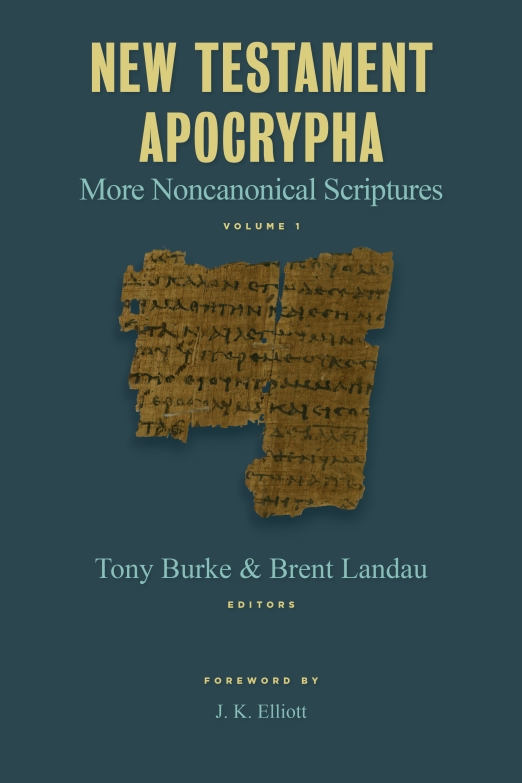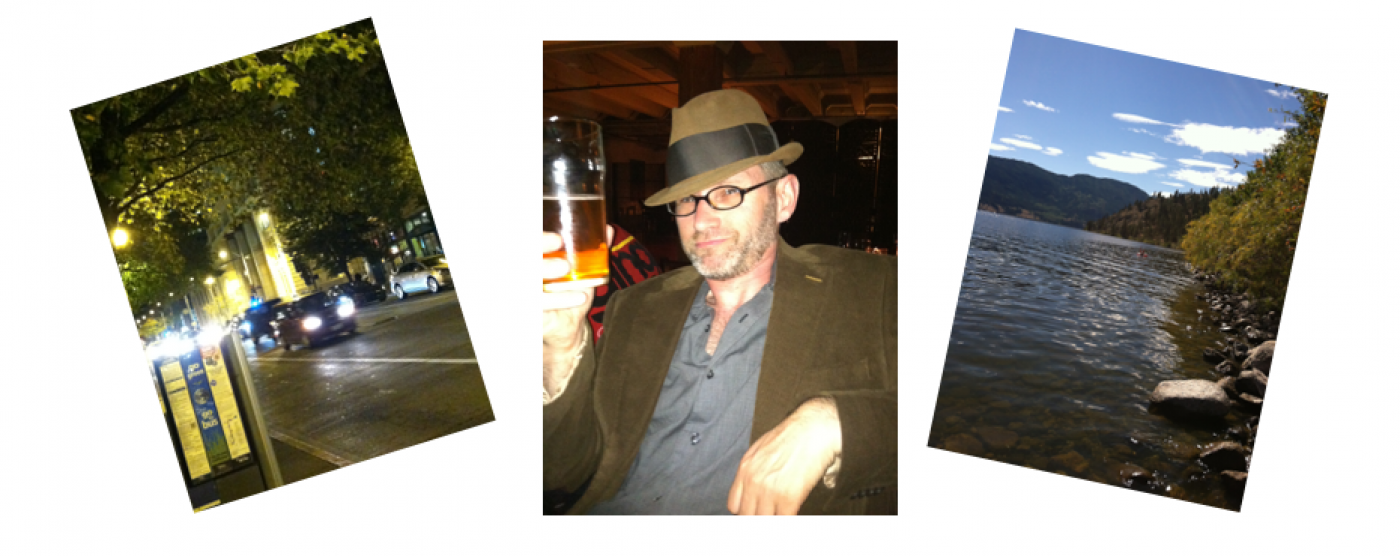The fourth and final part of Jim Davila’s review of Tony Burke and Brent Landau’s edited New Testament Apocrypha: More Noncanonical Scriptures (vol. 1; Grand Rapids: Eerdmans, 2016) has just been posted. And Davila does not disappoint. As per his “spoiler” alert at the end of part three, Davila definitely likes this collection of apocryphal writings. The fact that he has so little to quibble about in this review is more a testament to the meticulous care of the volume editors than even the contributors.

I won’t repeat what Davila has said. Readers of my blog can go read the review directly (http://paleojudaica.blogspot.ca/2017_06_11_archive.html#3967185789714801999) (and you can read my posts on part one and parts two and three). There are certainly key observations, of course: e.g., that these texts extend the range of dates for New Testament apocrypha into late antique and medieval periods, that they break or extent boundaries of genre typical of New Testament studies, and that they are important for understanding popular piety into the medieval and even modern periods. These observations touch on many trends in the study of Christian apocryphal traditions. But there was one comment that Davila makes that I think is worth highlighting.
The high level of textual variation in the manuscripts of many, if not most, of these texts challenges the traditional scholarly understanding of what a text is. The scribes who transmitted these texts seem often to be as concerned with retelling an entertaining or edifying story as copying a fixed text. Canonical works with fixed texts are probably the exception, while the variform texts in this volume are more representative of ancient and medieval literature. [Emphasis mine]
I really like this comment. It reminds me of a course I taught years ago down in Oregon on Introduction to Major Religious Texts. In that course we spent the semester deconstructing each term in the course title (I have fun doing that when I teach!). Rather than treating “sacred texts” as established canon, or pious revelation inscribed onto pages of a codex, we look at some of the theoretical problems facing the very question, “What is a text?” and “What is ‘religious’?”—questions that helped us shatter our assumptions about texts, their use, their form, and how “meaning” is tied to texts (largely working with theorists such as Paul Ricœur and Annette Kolodny). In the end, anything could be a text, depending on social actors activating something as text within given context. I offered my students a heuristic definition of “text” that, for me, arose from teaching the course:
A text is a discursive engagement of a semi-bounded script (broadly understood) with some agency of activation, from which fresh meanings are generated within social chains of intertextual significance (either recognized or not).
Although I could unpack this working definition, perhaps that is best left for another blog post. Suffice to say, texts are not static, they are not sui generis, they are not determinant, but rather they are fluid, interactional, and their indeterminacy is played out by social actors within shifting settings that determine intertextual infusion of value, meaning, etc. They are coded moments of engagement, not fixed forms with predetermined meanings.
To return to Davila’s comment on apocryphal texts, however, I think that he’s hit the nail on the head. Christian apocryphal traditions—be those written texts, orally shared tales, material presentations such as in art or architecture, or performative activities—, were (and are) scripts of edifying tales, coded cultural constructions of playful piety. They shift in form, extent, details, meaning, and all the other things going on in a non-fixed text; yet, they shift with each new enactment or “reading”. Each reading becomes an original compositional moment, not simply a derivative textual variant from some “original” text. More than the canonical material, legends such as these can be more fluid and thus more playful. Studying such “playful piety” is perhaps one of the key contributions offered by the study of apocrypha. We get to the ground level of people’s social constructions of nomic realities, rather than focusing on idealized religious worldviews.
I would challenge this distinction, however, between the canonical and non-canonical. Yes, the New Testament or biblical material (“canon”) is far more fixed than apocryphal works. The boundaries of the “canonical” are more rigidly policed than with texts falling outside of “canon” (and this could be true of other traditions that have “scripture”, such as with Islam). Yet the idea that texts are both created/defined and injected with meaning/authority through moments of activation by social actors is just as important with, for example, the New Testament writings as it is with popular legends. Both are part of the lived world of social actors (e.g., in the twelfth century), but we need to ask: how are such texts being activated and by whom? Perhaps it is through ritual, art, drama, music, and storytelling that even canon is activated. It’s not all about a priest or bishop expounding on a scriptural passage in a church service (though that is also a moment of activation, with a different set of authoritative claims to power and to the power of interpretation), but certainly that is not the only mode of activation.
Thus, even fluidity with the biblical writings needs to be recognized. And in many cases, the apocryphal material can be a useful entry point for identifying such fluidity. Too often we treat the “canonical” and the “non-canonical” as opposing or dichotomous sets, yet in actual use—actual activation—there was a lot more intersection or blending (to evoke a term from cognitive theory, specifically as developed by Gilles Fauconnier and Mark Turner; cf. Hugo Lundhaug’s application of blending theory to Nag Hammadi in his Images of Rebirth) between these sets. Sometimes that intersection was contentious or even violent. Other times, the intersection infused the nomic reality of social actors with new meaning through chains of intertextuality.
So, what does Davila’s comment highlight for us (in our own activation of his review through intertextual chains)? I think he helps us to ask helpful questions about apocryphal texts in cultural contexts: how is a text used, transformed, transmitted, played with, engaged, activated, or shattered? When we explore those kinds of questions, I think we may gain greater understanding into the worlds we are studying, offering us a firmer basis to theorize or explain those words and how religious texts were utilized within moments of social interaction and constructions of nomic realities.

One thought on “Jim Davila’s Review of More New Testament Apocrypha: Some Thoughts on Part Four with Reflections on the Cultural Activation of Apocryphal Writings”